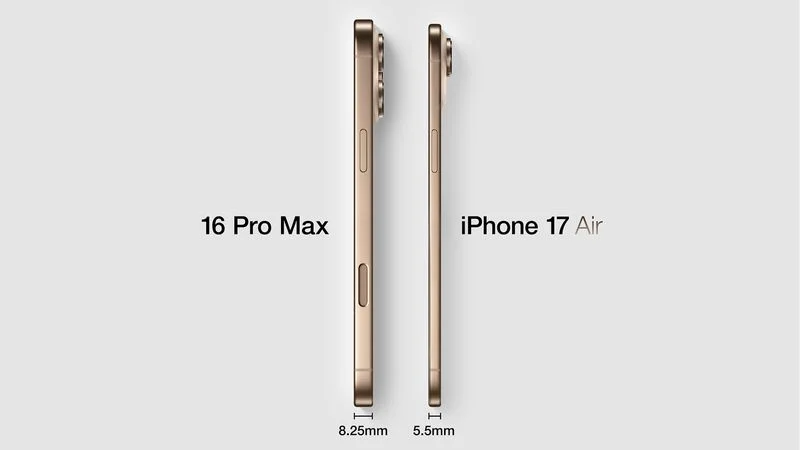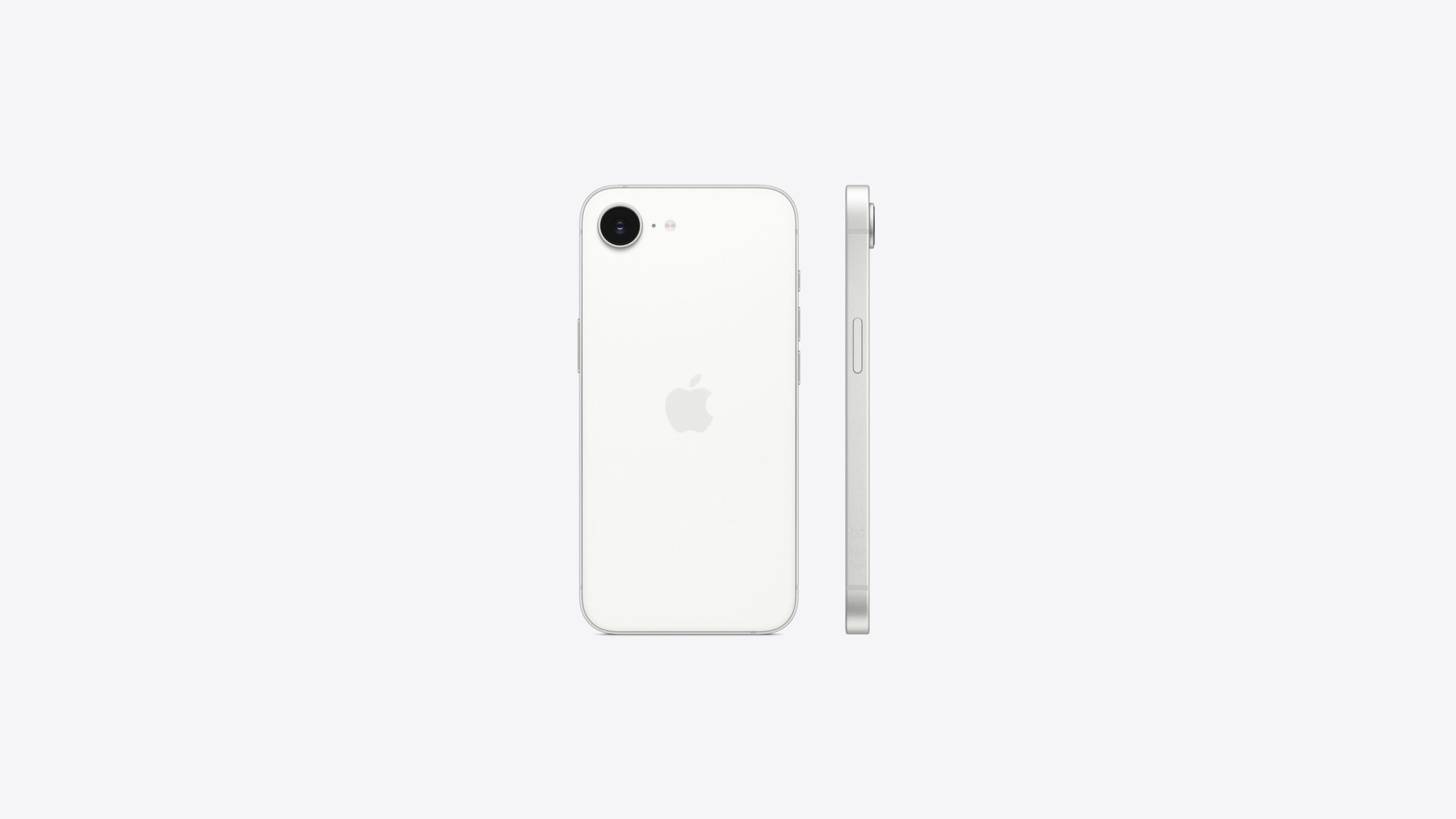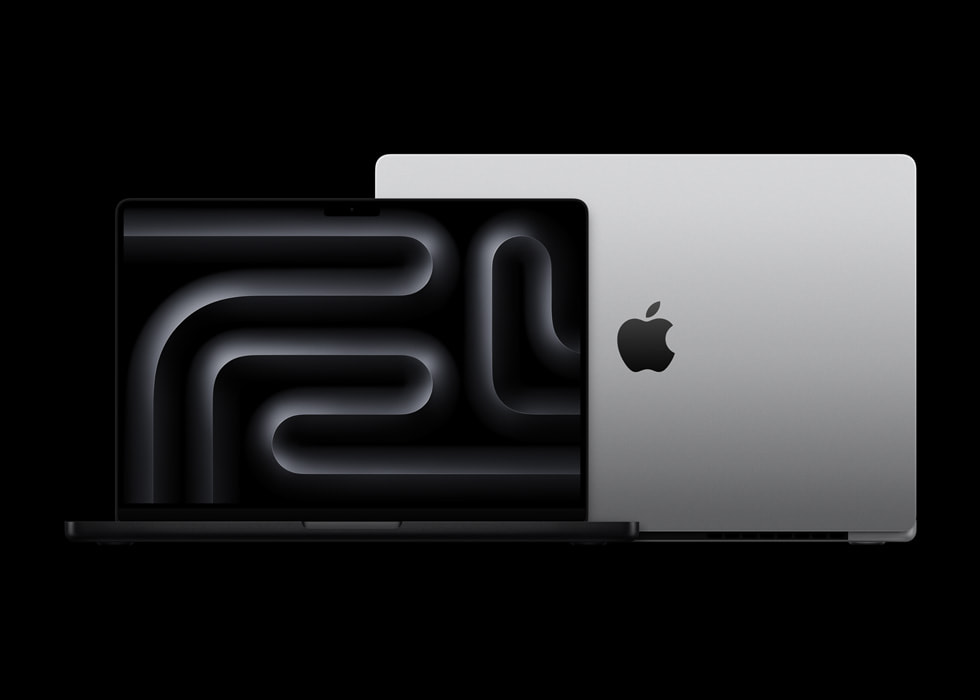Apple is making the iPhone 17 Pro Max a bit thicker than the current iPhone 16 Pro Max, according to a Chinese tipster named Ice Universe. The new iPhone 17 Pro Max is said to measure 8.725mm thick, compared to 8.25mm for the iPhone 16 Pro Max. That’s a small jump of 0.475mm. The leaker believes this extra space is “definitely” for a larger battery. Other than the thickness, the phone’s body is expected to stay the same as the iPhone 16 Pro Max.
So far, there haven’t been any whispers about better battery life or size changes for the iPhone 17 Pro Max. If Ice Universe is right, this could be fresh news for Apple fans. The iPhone 17 Pro models are also rumored to sport a big rectangular camera bump with rounded edges. However, Apple seems to be keeping the triangle setup for the back camera lenses.
For its high-end phones, Apple might switch to an aluminum frame instead of the titanium one used in the iPhone 15 Pro and iPhone 16 Pro. The back of these devices could also feature a new look, blending aluminum and glass. Ice Universe added that the iPhone 17 Pro Max and the super-slim iPhone 17 Air will have the same size, except for their thickness, which will differ. This tweak in design could mean longer battery life for users, something many iPhone lovers would welcome. We’ll have to wait and see if these rumors hold true when Apple reveals the iPhone 17 lineup!







